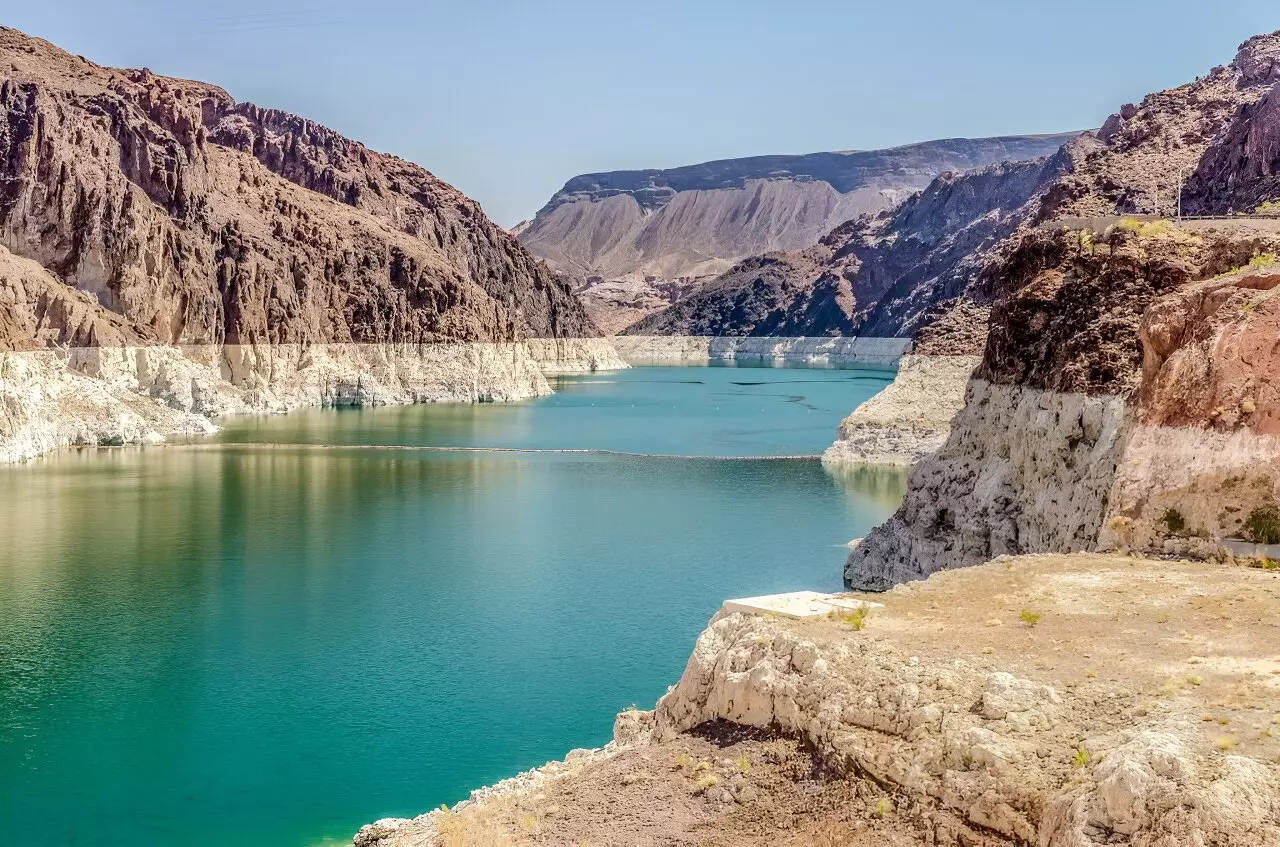New research has unveiled a troubling trend in the status of major water reservoirs across the continental United States, revealing that they are undergoing longer, more intense, and increasingly unpredictable periods of low water storage than in previous decades. This trend is most pronounced in the western and central parts of the country, where severe drought conditions have long made headlines. However, the unsettling reality is that reservoirs in the eastern and southeastern regions are not exempt from this crisis. The findings of this comprehensive study sheds light on an urgent issue: the decreasing reliability and growing vulnerability of these critical water resources in the era of climate change.
Water reservoirs serve a pivotal role in managing water resources, particularly as natural water storage options like snowpack and groundwater become less dependable. Rivers are running low, snow melts prematurely, and groundwater is being over-extracted, leading to an acute need for effective management of reservoirs. The significance of reservoirs becomes even clearer when considering the ongoing drought across the southwest—between the years 2000 and 2021, areas faced the driest 22-year period in over a millennium. This historic drought led to stringent restrictions on water usage in numerous communities, highlighting the essential nature of reservoirs in securing water availability during emergencies.
Three primary factors—drought, water withdrawals, and sediment accumulation behind dams—affect the capability of reservoirs to store water effectively. As climate change influences these factors, many reservoirs may find themselves functioning under conditions that were not anticipated during their design phases. Research conducted by a team led by hydrologist Caelan Simeone from the U.S. Geological Survey’s Oregon Water Science Center aimed to fill gaps in the understanding of how various influences have impacted water storage nationwide.
Unsurprisingly, reservoirs in arid western and central regions of the United States exhibited the most significant challenges, encountering longer and more severe periods of low storage. Yet, even reservoirs in wetter areas such as the Pacific Northwest faced surprising declines in maximum yearly storage levels. The study analyzed water level data from 250 major reservoirs over a 40-year period, focusing on shifts in baseline, maximum, and minimum storage. Alarmingly, 169 out of the 250 reservoirs displayed decreasing maximum storage levels, with a significant portion experiencing notable declines. This stark data necessitates a re-evaluation of water resource management strategies throughout the country.
The implications of these findings are profound. With a median decrease of 2.2% in maximum water storage across all studied reservoirs—and an 8.1% decline in those showing significant losses—the data suggests a widespread failure of reservoirs to achieve their historical storage capabilities. These changes are not merely statistical curiosities; they carry real-world consequences ranging from agricultural impacts to community water supply challenges. Even regions that have traditionally been water-rich are beginning to feel the squeeze due to altered hydroclimatic dynamics.
One of the most prominent issues revealed in this study is the increasing variability of water storage, potentially exacerbated by sediment accumulation and changing climatic conditions. Reservoir managers often grapple with modifying usage strategies to align with contemporary environmental realities, a daunting task given that most reservoirs were designed between the 1930s and 1970s based on stationary climate assumptions that are no longer valid.
Given the findings of this study, there is an urgent need for water management practices to evolve. A key element of effective management lies in adopting strategies that can accommodate increasing variability in water levels and the unpredictability of climate change. Improved forecasting is essential for informed decision-making, enabling water managers at local, regional, and national levels to better synchronize water releases with contemporary precipitation trends, drought projections, and consumption needs.
There remains a critical gap in the understanding of national reservoir dynamics—a gap that can only be bridged through coordinated, comprehensive research that includes regional and local datasets. As this study shows, an overarching view that incorporates larger trends can significantly enhance water reservoir management. Without such changes in approach, the nation risks further exacerbating water insecurity amid climate challenges.
The need for immediate and forward-thinking actions in water reservoir management could not be more pressing. With new insights into the declining performance of reservoirs, it’s crucial for water managers to adapt their strategies accordingly. As climate volatility continues to reshape the water landscape, only proactive, informed, and adaptable management practices will ensure an adequate water supply for future generations.


Leave a Reply